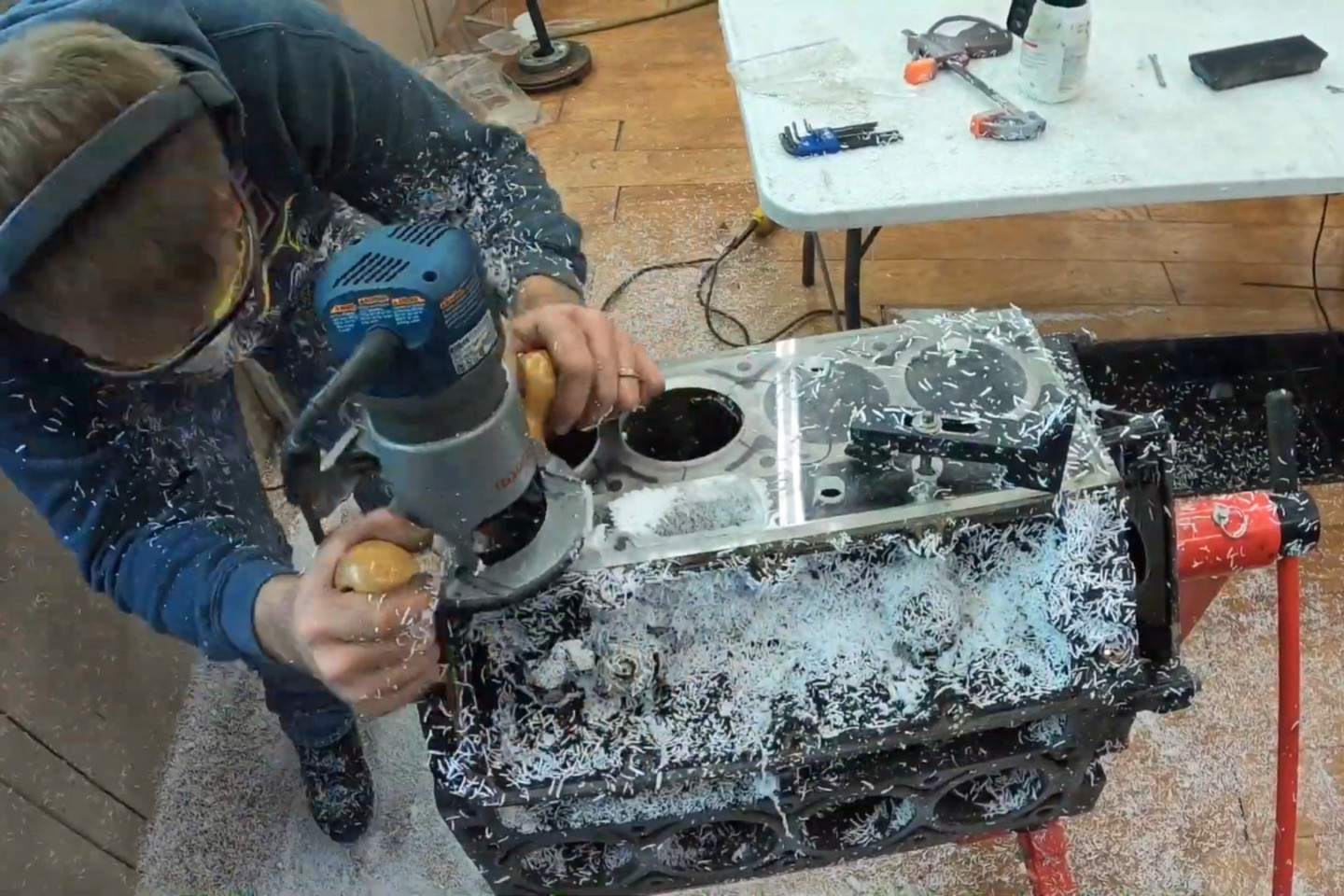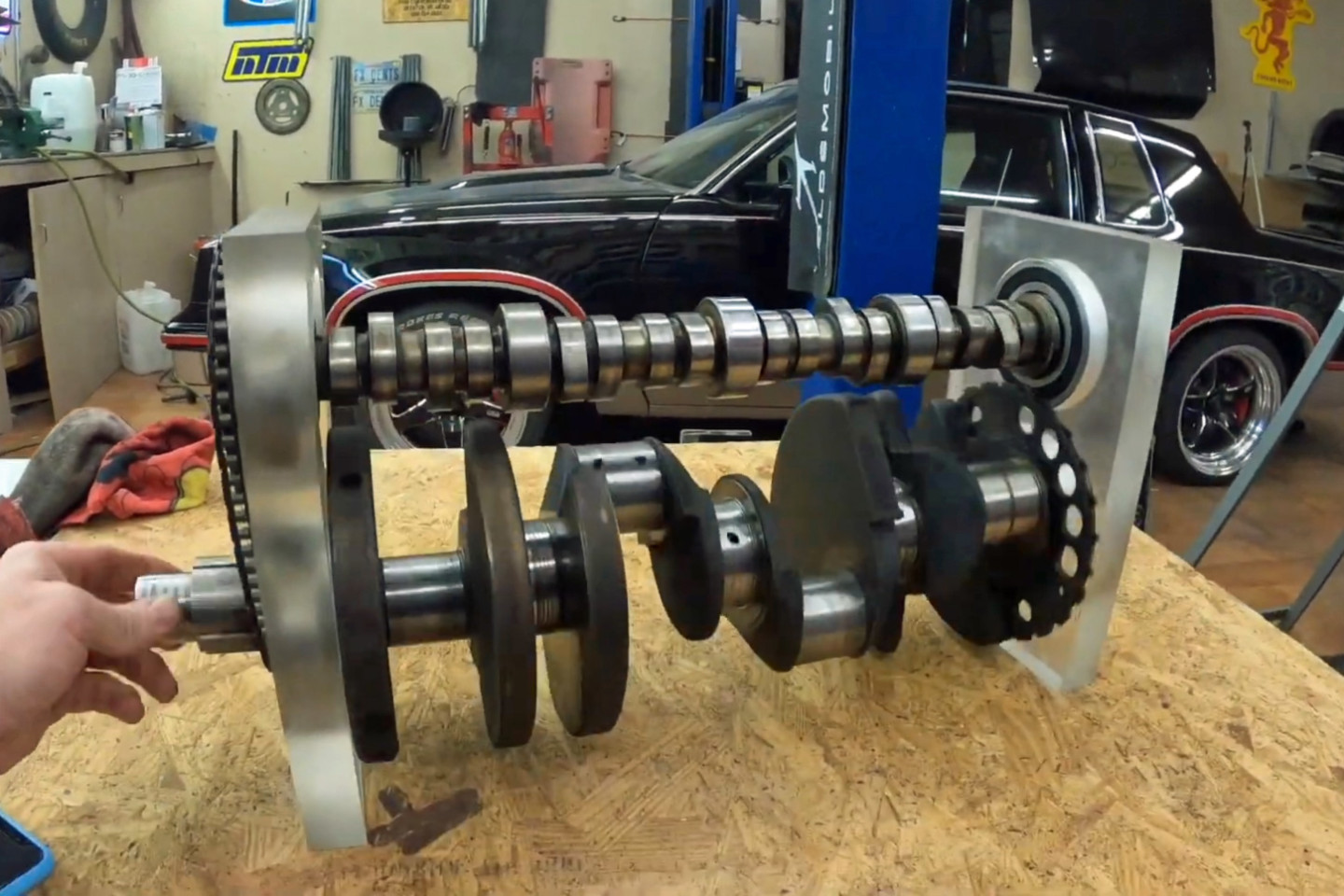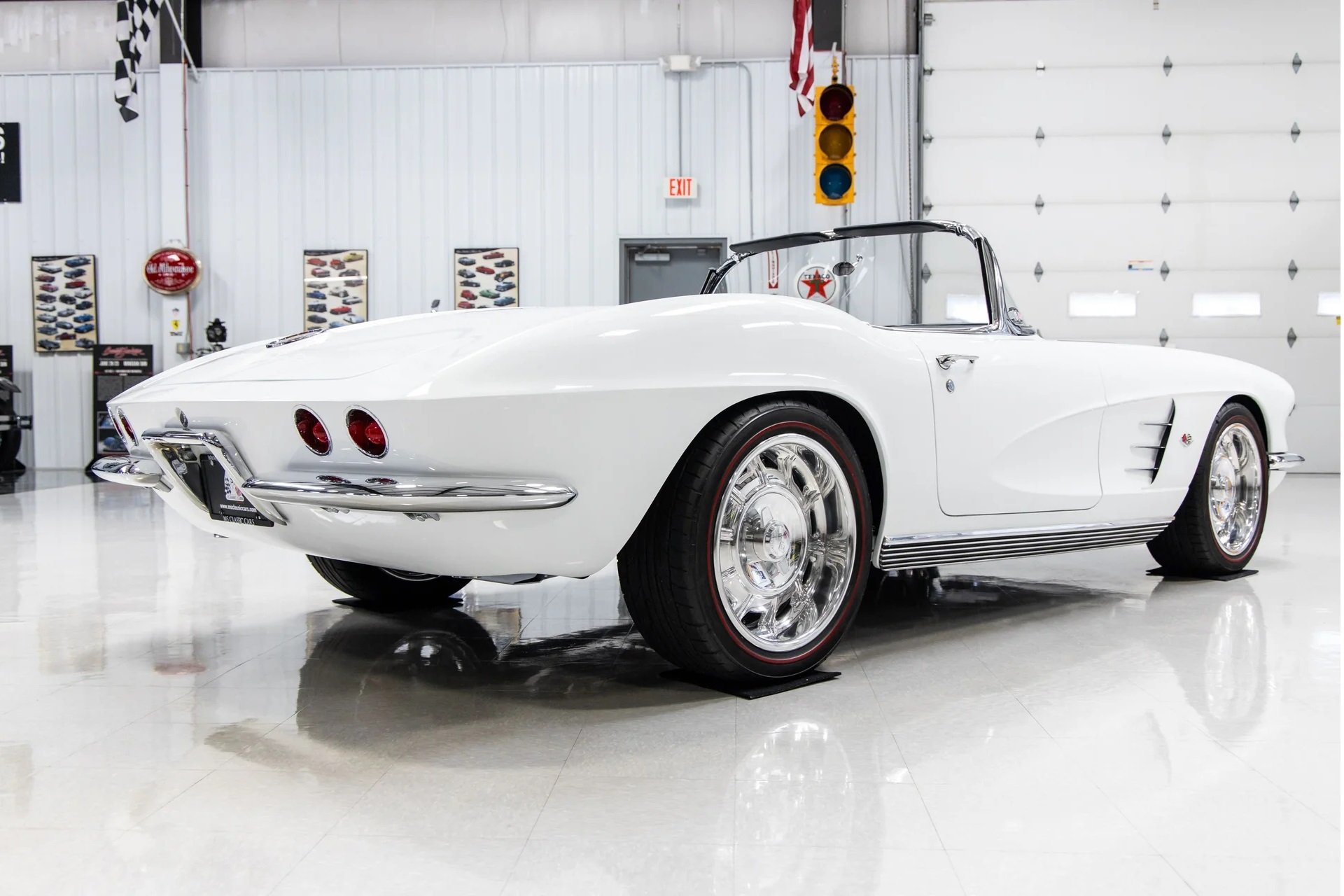What happens when you find yourself stuck at home, with a bunch of time on your hands and are sick of Netflix and Hulu? Well, start a project of course! Now for a normal person, there is any number of projects that could be undertaken to occupy your time. However, Brian King — better known online as AWD Cutlass — isn’t normal.
We mean that in the best way possible, as he recently decided to build an engine block out of polycarbonate plate, more commonly known as Plexiglas. Now, we aren’t talking about something like the 1:3-scale models like we reviewed late last year, but a full-size engine block that will house real, full-size engine components.
“I was just sitting at home with a lot of free time with the COVID-19 lockdown,” says King. “A thought crossed my mind: ‘How cool would it be to see all the moving parts of an LS engine?’” And with that, he went out into his shop and started building. Now, these kinds of oddball builds are not uncommon for King, who has built a guitar out of epoxy and candy, and a car wheel out of epoxy before.

Cutting polycarbonate is by no means “clean.” However, what is clean, are King’s cuts and edges. The level of craftsmanship is astounding.
Starting with an assembled short-block, King tore the LS block down for all of its components, before carefully measuring and tracing the block’s dimensions onto Plexiglas. Then after cutting out all the pieces and fitting everything together (by hand, no less. No CNC routers here!), King went to work building the crank and camshaft supports.
Because, what good is having a clear engine block, if the parts you can see don’t move, right? The phrase “measure twice, cut once” takes on much more significance when working with these kinds of tolerances, freehand. King machined the crankshaft for bearing cartridges fitted to the Plexiglas crank support to allow everything to freely rotate in the polycarbonate housing.
After performing a similar process for the camshaft, King fitted an actual LS timing set to the front of the contraption to synchronize the rotation of the crankshaft and camshaft. Then he designed and built lifter support rails to allow the camshaft to actually actuate a set of lifters. Unfortunately, that’s where this installment of the video ends, but we fully expect to see the completion of the engine soon and will be sure to bring you an update.
We’re not-so-secretly hoping that someone with a manufacturing facility sees this, licenses the idea from King, and starts producing 1:1 scale model engines. As cool as our 1:3 scale model is, bigger is better!

What good is being able to see the parts, if they don’t actually move, right? King built this support and bearing assembly to fit inside of the block, to allow the cam and crankshaft to move in sync. In phase two, a full valvetrain, along with the rest of the rotating assembly will be added, to make a fully articulated plexiglass short-block. No word from King yet as to whether he’ll use real cylinder heads, or make Plexiglas versions of those, too.



